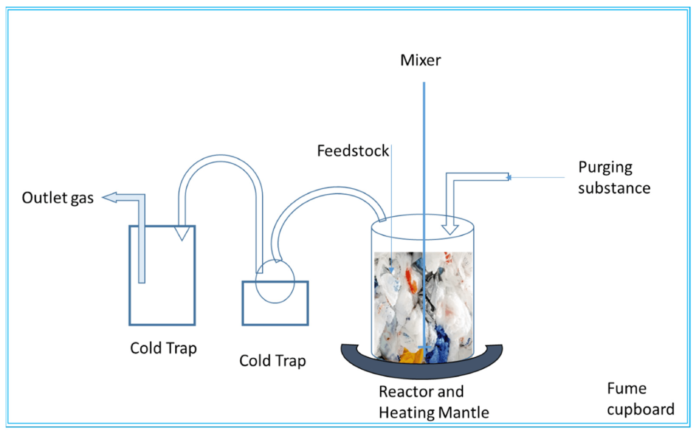In our quest for cleaner and more sustainable energy sources, diesel desulfurization has emerged as a critical technology in reducing harmful emissions from diesel engines. This process plays a pivotal role in curbing air pollution and mitigating the environmental impact of diesel-powered vehicles and industrial processes. In this article, we delve into the world of diesel desulfurization, exploring its significance, methods, and the broader implications for a greener future.
The Sulfur Dilemma: A Growing Concern
Sulfur is a naturally occurring element found in crude oil, and when refined into diesel fuel, it presents a significant environmental challenge. Traditional diesel fuels contain a considerable amount of sulfur, which, when combusted, releases sulfur dioxide (SO2) into the atmosphere. This compound is a major contributor to air pollution, responsible for acid rain, respiratory problems, and overall reduced air quality.
The Importance of Diesel Desulfurization
Diesel desulfurization is the process of removing sulfur compounds from diesel fuel, and its importance desulfuring plant be overstated. By reducing the sulfur content in diesel, we achieve several critical environmental and health benefits:
- Cleaner Air: Desulfurized diesel produces significantly fewer sulfur dioxide emissions, leading to improved air quality in urban and industrial areas. This reduces the health risks associated with air pollution, including asthma, bronchitis, and cardiovascular diseases.
- Catalyst Protection: Modern diesel engines use catalytic converters to reduce harmful emissions. High sulfur levels in diesel fuel can damage these catalysts, impairing their effectiveness. Desulfurized diesel prolongs the lifespan of these catalysts, ensuring they operate efficiently.
- Greenhouse Gas Reduction: Sulfur compounds in diesel fuel can interfere with the operation of exhaust aftertreatment systems designed to reduce carbon dioxide (CO2) emissions. Lower sulfur content in diesel fuel allows these systems to work optimally, contributing to a reduction in greenhouse gas emissions.
Methods of Diesel Desulfurization
Several methods are employed to desulfurize diesel fuel, each with its advantages and limitations:
- Hydrodesulfurization (HDS): This is the most widely used method and involves exposing diesel fuel to hydrogen in the presence of a catalyst. HDS effectively reduces sulfur content but requires high temperatures and pressures, making it energy-intensive.
- Oxidative Desulfurization (ODS): ODS relies on chemical reactions that oxidize sulfur compounds in diesel fuel, making them easier to remove. It is considered more environmentally friendly than HDS but may require multiple stages for thorough desulfurization.
- Biodesulfurization: This innovative approach uses enzymes or bacteria to break down sulfur compounds in diesel fuel. It shows promise as a sustainable and energy-efficient desulfurization method.
Global Impact and Regulatory Measures
The significance of diesel desulfurization extends beyond individual regions, as air pollution knows no boundaries. In response to growing environmental concerns, many countries have implemented strict regulations on sulfur content in diesel fuel. The Euro 6 standards in Europe, for example, mandate ultra-low sulfur diesel (ULSD) with sulfur content limited to 10 parts per million (ppm). Similar regulations exist in the United States and other parts of the world, driving the adoption of advanced desulfurization technologies.
The Road to a Greener Future
Diesel desulfurization is a crucial step towards reducing the environmental footprint of diesel-powered vehicles and industrial processes. As we strive for cleaner air and a more sustainable future, this technology plays a pivotal role in mitigating the adverse effects of sulfur emissions. By embracing and innovating in the field of diesel desulfurization, we take a significant stride towards a greener, healthier world for generations to come.
